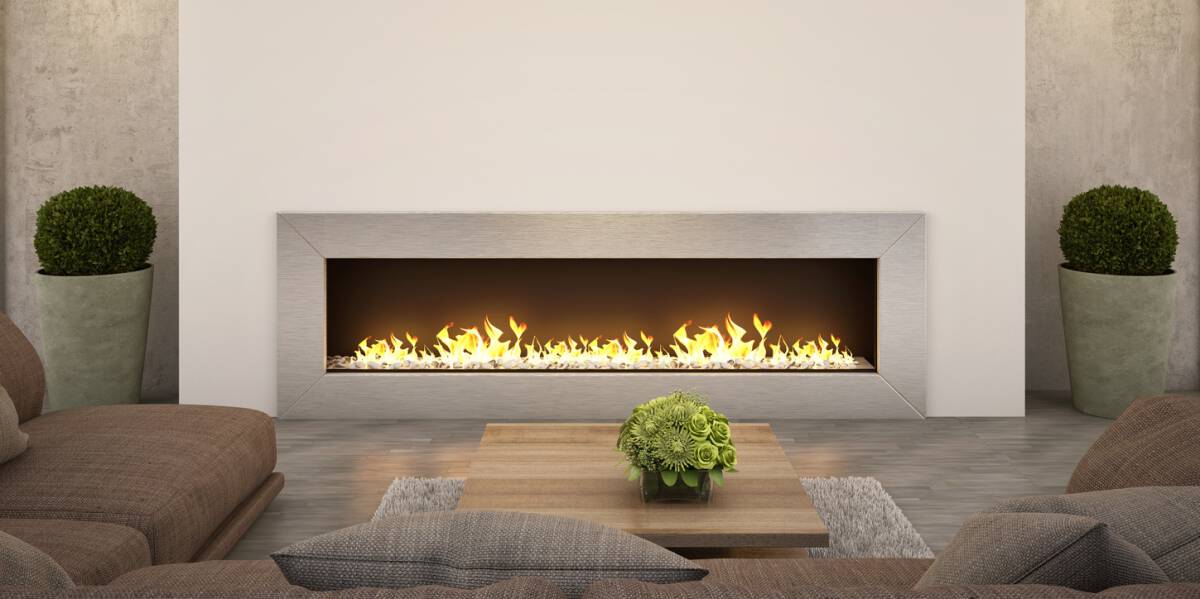

Articles
How Do I Light My Gas Fireplace
Modified: January 6, 2024
Learn the best techniques to safely light your gas fireplace with our informative articles. Discover pro tips and troubleshoot any issues you may encounter.
(Many of the links in this article redirect to a specific reviewed product. Your purchase of these products through affiliate links helps to generate commission for Storables.com, at no extra cost. Learn more)
Introduction
Welcome to the world of gas fireplaces, where warmth and ambiance meet convenience and ease of use. If you’re a homeowner or a renter lucky enough to have a gas fireplace in your living space, you know just how cozy and inviting it can make your home feel.
However, while gas fireplaces are a wonderful addition to any home, they can sometimes be a bit tricky to navigate if you’re not familiar with their operation. Maybe you’ve recently moved into a new house with a gas fireplace, or perhaps you’ve never had the opportunity to enjoy the warmth and beauty of this type of fireplace before.
In this article, we’ll guide you through the process of lighting and maintaining your gas fireplace, ensuring that you can enjoy its benefits safely and efficiently. But before we dive into the specifics, let’s start by understanding how gas fireplaces work.
A gas fireplace is designed to mimic the look and feel of a traditional wood-burning fireplace, but without the hassle of chopping wood, cleaning ashes, and the associated maintenance. The main fuel source for a gas fireplace is natural gas or propane, which is ignited to produce a flame that provides both heat and aesthetic appeal.
Gas fireplaces come in a variety of styles, ranging from simple and modern to elaborate and ornate, so you can easily find one that matches your personal taste and complements your home decor. They are also available in different sizes, making it possible to find a gas fireplace suitable for any room.
Now that you have a basic understanding of gas fireplaces, it’s important to be aware of some essential safety precautions to follow. This will ensure that your experience with your gas fireplace is enjoyable and risk-free.
So, let’s get started by exploring the various types of gas fireplaces that are commonly found in homes and understanding the safety measures you need to take.
Key Takeaways:
- Enjoy the Warmth Safely
Understanding your gas fireplace, following safety precautions, and proper maintenance ensure a cozy and risk-free experience. From lighting to troubleshooting, stay warm with peace of mind. - Transform Your Home with Ease
Gas fireplaces offer convenience and ambiance. With the right type, proper preparation, and regular maintenance, you can effortlessly enhance your living space with warmth and comfort.
Read more: How Do I Know If My Gas Fireplace Is Vented
Understanding Your Gas Fireplace
Before you begin operating your gas fireplace, it’s crucial to have a clear understanding of its components and how they work together. Knowing these details will not only help you operate your fireplace effectively but also allow you to troubleshoot any issues that may arise.
Let’s start by examining the key components of a gas fireplace:
- Gas Burner: This is the component responsible for producing the flames in your gas fireplace. It is connected to the gas supply and typically has adjustable controls to regulate the flame height.
- Valve: The valve controls the flow of gas into the burner. It usually has an on/off switch or knob that you can use to start or stop the gas flow.
- Pilot Light: The pilot light is a small, continuously burning flame that ignites the gas when you want to start your fireplace. It is typically located near the burner and is lit manually or automatically, depending on the model.
- Thermocouple: The thermocouple is a safety feature that detects the presence of the pilot light. It ensures that the gas valve remains open only when the pilot light is lit. If the pilot light goes out, the thermocouple shuts off the gas supply to prevent the buildup of gas in your home.
- Ignition System: Some gas fireplaces have an automatic ignition system that eliminates the need for manual lighting of the pilot light. These systems can be battery-powered, electronic, or use a spark ignition method.
- Vents and Chimney: Proper ventilation is essential for a gas fireplace to operate safely. Vents or a chimney allow the byproducts of combustion, such as carbon monoxide and moisture, to escape from your home.
Additionally, many gas fireplaces come with additional features such as remote controls, thermostats, and fan blowers that enhance convenience and customize the heat output. Familiarize yourself with the specific features and functions of your gas fireplace to make the most of its capabilities.
Now that you have a good understanding of the components, let’s explore the different types of gas fireplaces commonly found in homes.
Common Types of Gas Fireplaces
Gas fireplaces are available in several different styles, allowing you to choose one that suits your aesthetic preferences and heating needs. Here are some of the most common types of gas fireplaces:
- Inserts: Gas fireplace inserts are designed to be installed into an existing wood-burning fireplace. They provide an efficient and convenient way to convert a traditional fireplace into a clean and efficient gas-burning one. Inserts come in various sizes and styles, including direct vent and vent-free options.
- Built-In Fireplaces: Built-in gas fireplaces are designed to be installed directly into the wall or a custom-built enclosure. They offer a seamless and modern look and are available in different sizes to fit your space requirements. Some models come with options for decorative media, such as logs, glass crystals, or rocks, allowing you to personalize the appearance of the flames.
- Freestanding Stoves: Gas stove fireplaces provide a classic and rustic look while offering efficient heating. They can be placed in various locations in your home and come in different sizes and styles, including traditional and contemporary designs. Gas stove fireplaces often include convenient features such as thermostats and remote controls.
- Linear Fireplaces: Linear gas fireplaces have become increasingly popular due to their sleek and modern design. These fireplaces feature a long, horizontal burner that produces a linear flame. They can be mounted on a wall or installed into a custom-built enclosure, creating a stunning centerpiece for any room.
- Outdoor Fireplaces: Gas fireplaces are not limited to indoor use. Outdoor gas fireplaces are specifically designed to withstand the elements and provide warmth and ambiance to your outdoor living space. They are available in various sizes and styles, including fire pits and fire tables.
When choosing the right type of gas fireplace for your home, consider factors such as the size of the area you want to heat, the overall design aesthetic, and any specific features you desire.
It’s important to note that each type of gas fireplace may have specific installation requirements and venting options. Consult with a professional or refer to the manufacturer’s guidelines to ensure proper installation and safety.
Now that you have a good understanding of the types of gas fireplaces available, it’s crucial to be aware of the safety precautions you need to follow when operating your gas fireplace. We’ll cover these precautions in the next section.
Safety Precautions
When it comes to operating a gas fireplace, safety should always be a top priority. By following these essential safety precautions, you can enjoy the comfort and beauty of your gas fireplace with peace of mind:
- Read the manual: Familiarize yourself with the manufacturer’s instructions for your specific gas fireplace model. The manual will contain important safety information, installation guidelines, and maintenance recommendations.
- Keep flammable items away: Maintain a clear space around your gas fireplace. Keep furniture, curtains, and other flammable objects at a safe distance to prevent accidents.
- Install a carbon monoxide detector: Gas fireplaces produce carbon monoxide, a colorless and odorless gas that can be harmful or even fatal if inhaled in high concentrations. Install a carbon monoxide detector near your gas fireplace to alert you if levels become dangerous.
- Proper ventilation: Ensure that your gas fireplace is properly vented. Ventilation allows for the safe release of combustion byproducts and prevents the buildup of harmful gases inside your home. Regularly check and clean the vents to ensure unobstructed airflow.
- Do not leave unattended: Never leave your gas fireplace unattended while it is burning. Always extinguish the flame before leaving the room or going to bed.
- Keep children and pets supervised: Children and pets should always be supervised when near a gas fireplace. Teach them about the potential dangers and establish boundaries to ensure their safety.
- Regular maintenance: Schedule regular maintenance and inspections for your gas fireplace to ensure its proper functioning. Hire a professional technician who is experienced in gas fireplace maintenance to handle any repairs or necessary adjustments.
- Clear debris: Remove any debris or obstructions from the burner or vents. Leaves, twigs, and other debris can prevent proper airflow and increase the risk of a fire hazard.
- Keep a fire extinguisher nearby: Have a fire extinguisher readily available in case of emergencies. Familiarize yourself with its operation and ensure it is in good working condition.
- Know how to shut off the gas: Everyone in your household should know how to shut off the gas supply to the fireplace. In case of a gas leak or emergency, immediately turn off the gas and seek professional assistance.
Follow these safety precautions diligently to enjoy your gas fireplace safely. Remember, when it comes to your well-being and the safety of your loved ones, it’s always better to be cautious.
Now that you’re aware of the safety measures, let’s move on to preparing your gas fireplace for use.
Preparing Your Fireplace
Before you can start enjoying the warmth and coziness of your gas fireplace, it’s important to properly prepare it for use. Taking the time to prepare your fireplace will ensure its efficiency and safety. Here are the essential steps to follow:
- Inspect the fireplace: Take a close look at your gas fireplace to check for any visible signs of damage or wear. Look for loose or cracked glass, damaged logs or embers, and any other abnormalities. If you notice any issues, contact a professional technician to address them before using the fireplace.
- Clean the fireplace: Remove any dust, debris, or residue from the fireplace and the surrounding area. Use a soft brush or cloth to gently clean the interior and exterior surfaces of the fireplace. Ensure that the burner and vents are clean and free from obstructions.
- Check the gas supply: Make sure that the gas supply to your fireplace is turned on and that the gas line is properly connected. If you’re unsure, consult the manufacturer’s instructions or contact a professional for assistance.
- Inspect the pilot light: Check the pilot light to ensure it is lit and functioning correctly. If the pilot light is out, refer to the manufacturer’s instructions on how to relight it. If you encounter any difficulties or suspect a problem, contact a professional technician for assistance.
- Test the ignition system: If your gas fireplace has an automatic ignition system, test it to make sure it is operating smoothly. Follow the manufacturer’s instructions to activate the ignition system and verify that it ignites the flame without any issues.
- Ensure proper ventilation: Ensure that the vents and chimney of your gas fireplace are clear and unobstructed. Check for any debris or blockage that may hinder proper airflow. Proper ventilation is crucial for the safe operation of your gas fireplace.
- Adjust the flame: If your gas fireplace has adjustable flame controls, test them to adjust the height and intensity of the flame according to your preference. This allows you to customize the ambiance and heat output of your fireplace.
By following these preparation steps, you’ll ensure that your gas fireplace is clean, functioning properly, and ready for use. Once you’ve completed these steps, you’re ready to light your gas fireplace, which we’ll cover in the next section.
Before lighting your gas fireplace, make sure the flue is open and the pilot light is on. Use a long lighter or match to ignite the burner, and keep the area around the fireplace clear of any flammable materials.
Lighting Your Gas Fireplace
Now that you’ve prepared your gas fireplace, it’s time to ignite the flame and enjoy the warmth and beauty it provides. While the specific process may vary depending on the type and model of your gas fireplace, the general steps below will guide you through the process:
- Locate the control panel: Find the control panel of your gas fireplace. It is typically located either on the fireplace unit itself or on a wall nearby.
- Ensure proper gas flow: Make sure the gas supply valve connected to your fireplace is open. You may need to turn the valve counterclockwise to ensure the gas will flow to the burner.
- Find the ignition switch or button: Look for the ignition switch or button on your gas fireplace. This is the component that will ignite the flame.
- Start the pilot light: If your gas fireplace has a pilot light, follow the manufacturer’s instructions to light it. This may involve holding down the pilot switch while simultaneously pressing the ignition switch or button.
- Verify the pilot light: Once the pilot light is lit, visually confirm that it is burning steadily. Check that the flame is blue and stable, since a flickering or yellow flame may indicate improper combustion and should be addressed by a professional technician.
- Ignite the main burner: If your gas fireplace has an automatic ignition system, the main burner should ignite automatically once the pilot light is established. If not, follow the manufacturer’s instructions for manually igniting the main burner.
- Adjust the flame: Once the main burner is lit, you can adjust the flame height and intensity using the controls on your gas fireplace. This allows you to create the desired ambiance and heat output.
Remember to refer to your gas fireplace’s specific instructions for accurate information on lighting and operating your particular model. Additionally, it’s always a good idea to practice caution and be aware of any potential gas leaks or irregularities. If you smell gas or suspect a problem, immediately turn off the gas supply valve and seek professional assistance.
Congratulations! You have successfully lit your gas fireplace and can now enjoy its warmth and beauty. However, it’s important to be aware of common issues that may occur and how to troubleshoot them, which we’ll cover in the following section.
Troubleshooting Common Issues
While gas fireplaces are generally reliable and easy to use, you may encounter some common issues from time to time. Here are a few troubleshooting steps you can take to address these issues:
- Pilot light won’t stay lit: If the pilot light keeps going out after you’ve lit it, there may be an issue with the thermocouple. Ensure that the thermocouple is properly positioned and in contact with the pilot flame. If the problem persists, you may need to have the thermocouple replaced by a professional technician.
- Weak or uneven flames: If the flame on your gas fireplace is weak or uneven, it may be due to clogged burner holes. Turn off the gas supply, allow the fireplace to cool completely, and then clean the burner with a soft brush or compressed air. This should restore the proper gas flow and result in a more consistent flame.
- Strange odor: If you detect an unusual odor coming from your gas fireplace, it could be a sign of a gas leak. In this case, immediately turn off the gas supply valve, open windows to ventilate the area, and evacuate the premises. Contact your gas provider or a professional technician to inspect and repair the gas leak.
- Unusual noises: If your gas fireplace produces unusual noises, such as rattling or sizzling sounds, it could indicate a problem with the burner or the ventilation system. Check for debris or obstructions in the burner or vents and remove any that you find. If the noises persist, it’s best to consult with a professional technician for further diagnosis and repair.
- Intermittent flame: If the flame on your gas fireplace intermittently turns on and off, it may be due to a problem with the gas supply or ignition system. Ensure that the gas supply valve is fully open and the ignition components are clean and in proper working condition. If the issue persists, seek the assistance of a professional technician.
Remember, if you’re unsure about how to troubleshoot or resolve any issues with your gas fireplace, it’s always better to seek professional help. They have the expertise and knowledge to diagnose and repair any problems in a safe and efficient manner.
Now that you’re familiar with troubleshooting common issues, let’s move on to the topic of maintaining your gas fireplace to ensure its longevity and optimal performance.
Maintaining Your Gas Fireplace
To keep your gas fireplace in excellent condition and ensure its longevity, regular maintenance is essential. Here are some important maintenance tasks to perform:
- Clean the fireplace: Regularly clean the interior and exterior surfaces of your gas fireplace to remove dust, debris, and soot. Use a soft brush or cloth to gently wipe down the surfaces. Avoid using harsh chemicals or abrasive materials that could damage the finish.
- Clean the burner and pilot assembly: Over time, the burner and pilot assembly may collect dirt or become partially blocked, affecting the performance of your gas fireplace. Turn off the gas supply and allow the fireplace to cool completely before gently cleaning these components with a soft brush or compressed air.
- Inspect the gas lines: Periodically inspect the gas lines connected to your fireplace for any signs of wear, leaks, or damage. If you detect any issues, such as cracks or loose connections, contact a professional technician to repair or replace the gas lines.
- Check for carbon monoxide leaks: Carbon monoxide is a colorless and odorless gas that can be hazardous if it accumulates in your home. Regularly check for any signs of carbon monoxide leaks, such as sooty markings or excessive moisture around the fireplace. Install carbon monoxide detectors near your gas fireplace and ensure they are functioning properly.
- Inspect and replace logs or embers: If your gas fireplace has artificial logs or embers, inspect them regularly for signs of wear or damage. Replace any worn or broken pieces to maintain the aesthetic appeal of your fireplace.
- Have an annual professional inspection: Schedule an annual inspection of your gas fireplace by a qualified technician. They will thoroughly examine the components, clean the interior, check for any issues or safety concerns, and perform any necessary maintenance or repairs.
- Keep the area around the fireplace clear: Ensure that the area surrounding your gas fireplace is clear of any flammable materials, such as furniture, curtains, or rugs. This helps prevent accidental fires and ensures the safe operation of your fireplace.
- Follow manufacturer guidelines: Always refer to the manufacturer’s guidelines and instructions for specific maintenance recommendations for your gas fireplace. Different models may have unique requirements, so it’s important to follow the manufacturer’s recommendations to ensure proper maintenance.
By regularly maintaining your gas fireplace and addressing any issues promptly, you can ensure its optimal performance, efficiency, and safety for years to come.
Now that you’re equipped with tips for maintaining your gas fireplace, you’re ready to enjoy its warmth and comfort throughout the seasons. Remember to follow the proper safety precautions and consult with professionals whenever needed. Stay cozy and enjoy the benefits of your gas fireplace!
For any further questions or concerns, feel free to contact our support team.
Conclusion
Gas fireplaces offer a convenient and efficient way to add warmth and ambiance to your home. By understanding how your gas fireplace works, following safety precautions, preparing it properly, and performing regular maintenance, you can enjoy its benefits with peace of mind.
We began by introducing the concept of gas fireplaces and their advantages over traditional wood-burning fireplaces. Understanding the components of your gas fireplace is crucial for safe and effective operation.
We then explored the different types of gas fireplaces commonly found in homes, such as inserts, built-in fireplaces, freestanding stoves, linear fireplaces, and outdoor fireplaces. Choosing the right type for your space and preferences ensures an optimal experience.
Safety precautions are vital when dealing with gas fireplaces. By following guidelines such as reading the manual, keeping flammable items away, installing carbon monoxide detectors, and performing regular maintenance, you can enjoy your gas fireplace without worries.
Preparing your gas fireplace involves inspecting it, cleaning the fireplace and burner, checking the gas supply, lighting the pilot light, and ensuring proper ventilation. These steps ensure that your fireplace is ready for use.
Lighting your gas fireplace requires locating the control panel, verifying gas flow, igniting the pilot light, starting the main burner, and adjusting the flame. Following proper lighting procedures ensures a safe and enjoyable experience.
Troubleshooting common issues, such as a pilot light that won’t stay lit or weak flames, is essential. By following the steps mentioned, you can identify and address these issues, seeking professional help when needed.
Maintaining your gas fireplace regularly is crucial for its longevity and performance. Cleaning the fireplace and burner, inspecting gas lines, checking for carbon monoxide leaks, and having an annual professional inspection are important maintenance tasks.
In conclusion, a well-maintained and properly used gas fireplace can transform the atmosphere of your home, providing warmth and comfort for you and your loved ones. By following the guidelines and tips discussed in this article, you can ensure the safe and efficient operation of your gas fireplace for years to come.
If you have any further questions or need assistance, don’t hesitate to contact our support team. Stay warm and cozy!
Frequently Asked Questions about How Do I Light My Gas Fireplace
Was this page helpful?
At Storables.com, we guarantee accurate and reliable information. Our content, validated by Expert Board Contributors, is crafted following stringent Editorial Policies. We're committed to providing you with well-researched, expert-backed insights for all your informational needs.
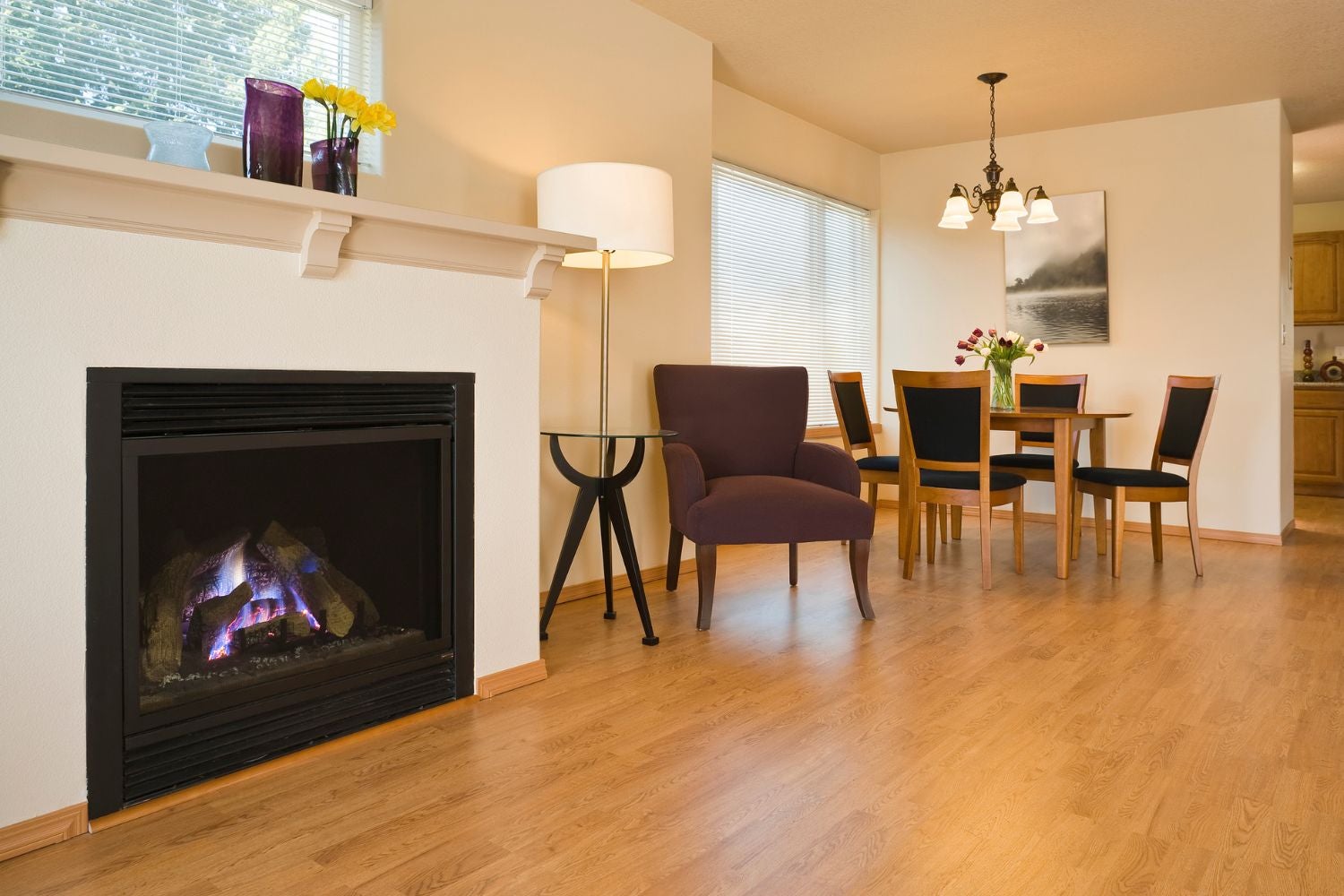
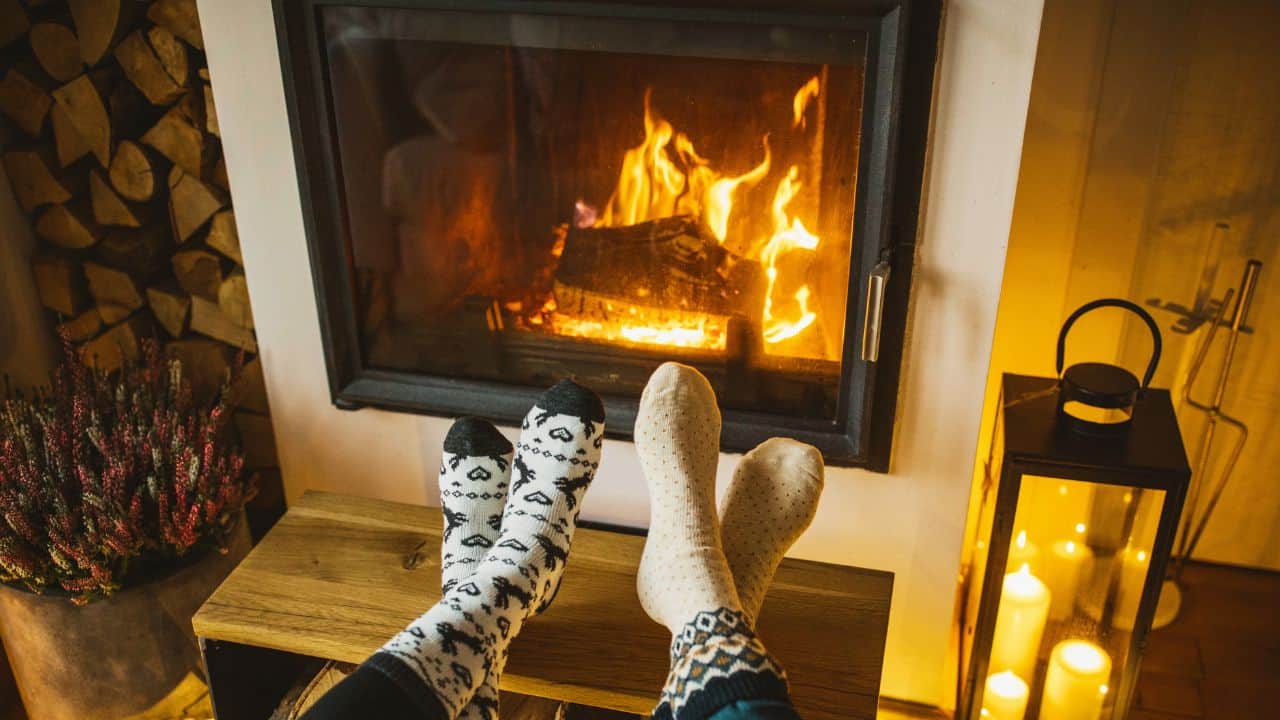
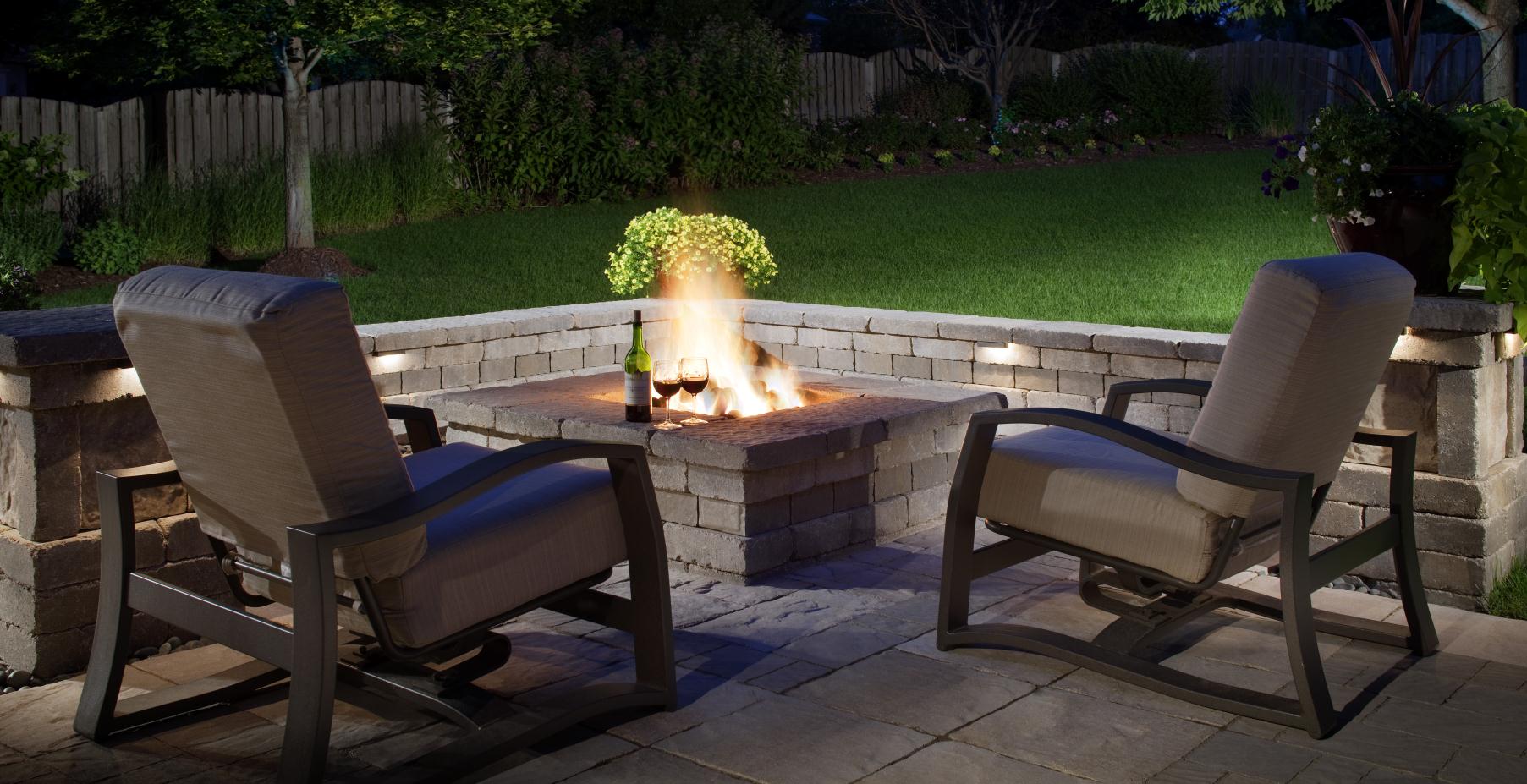
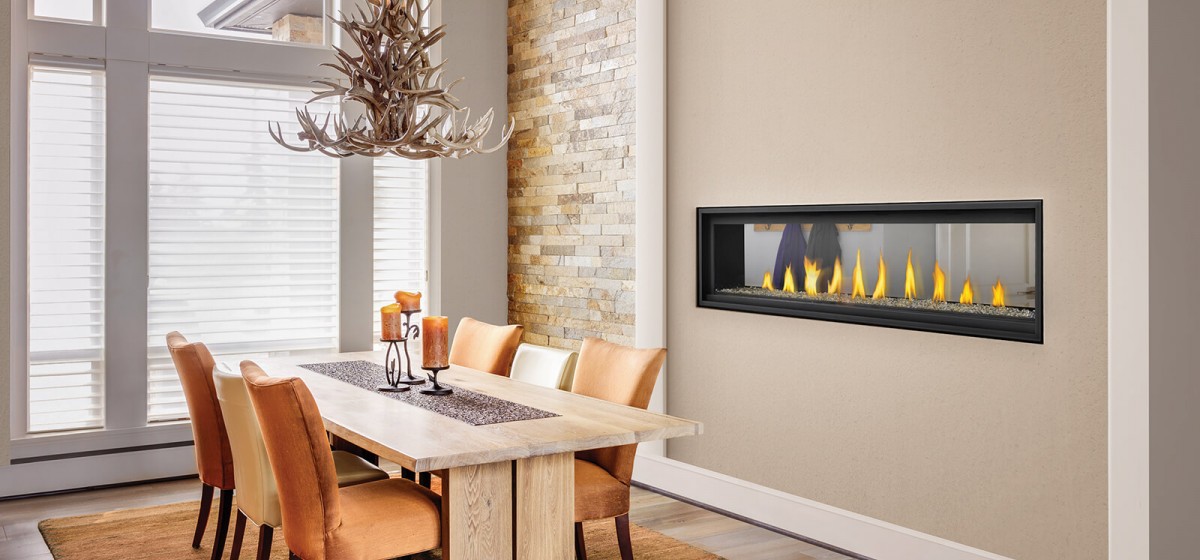
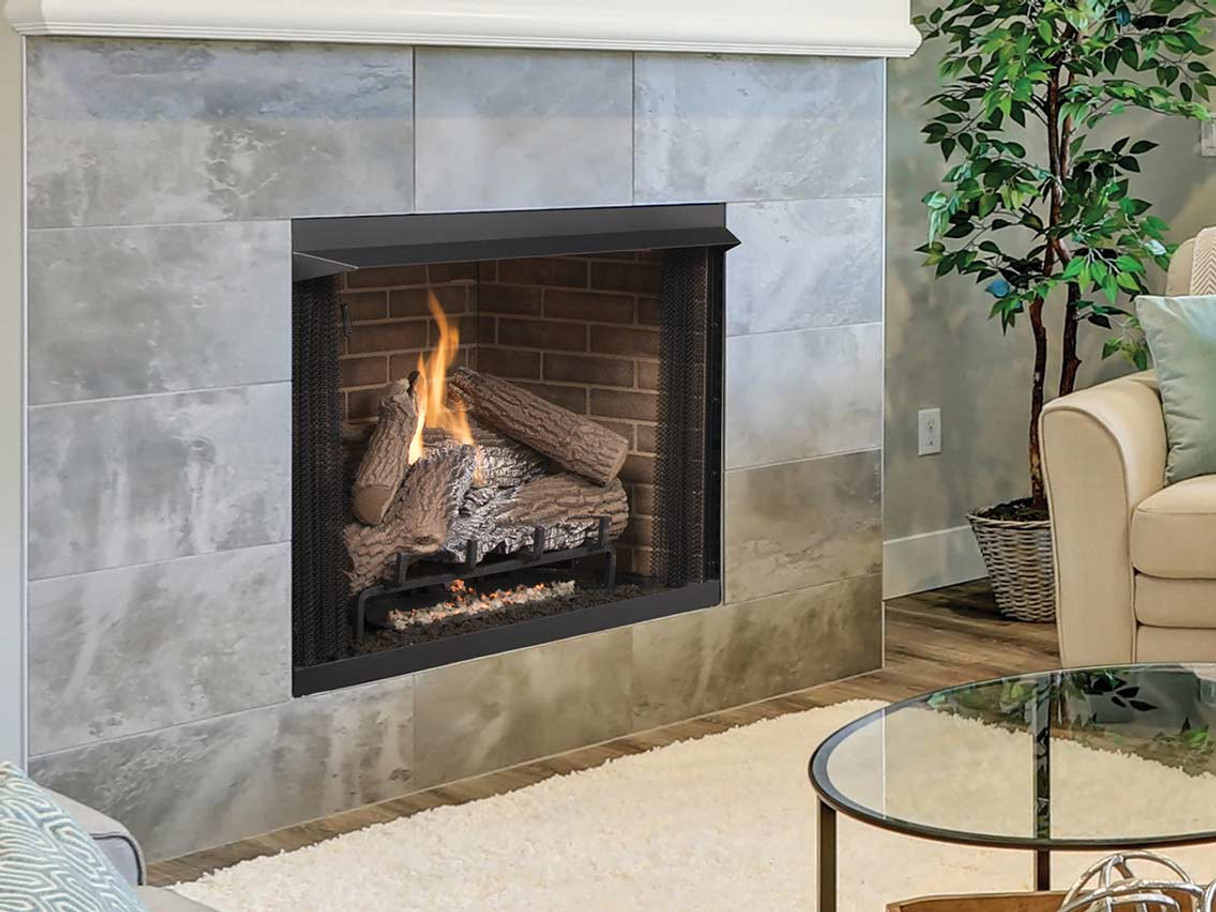
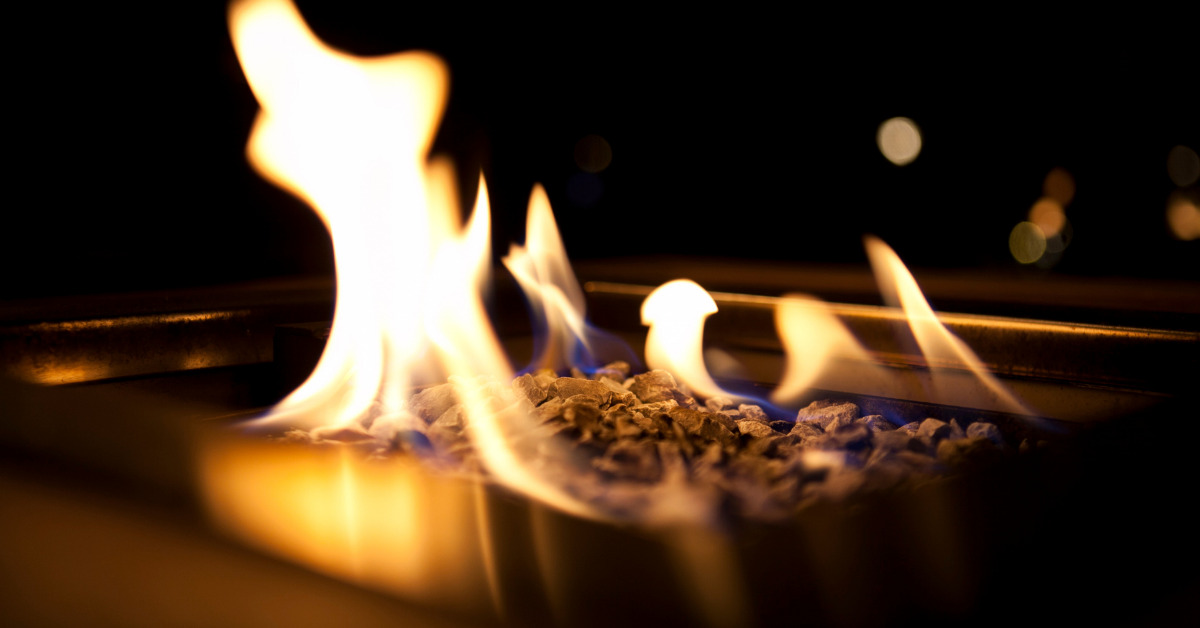
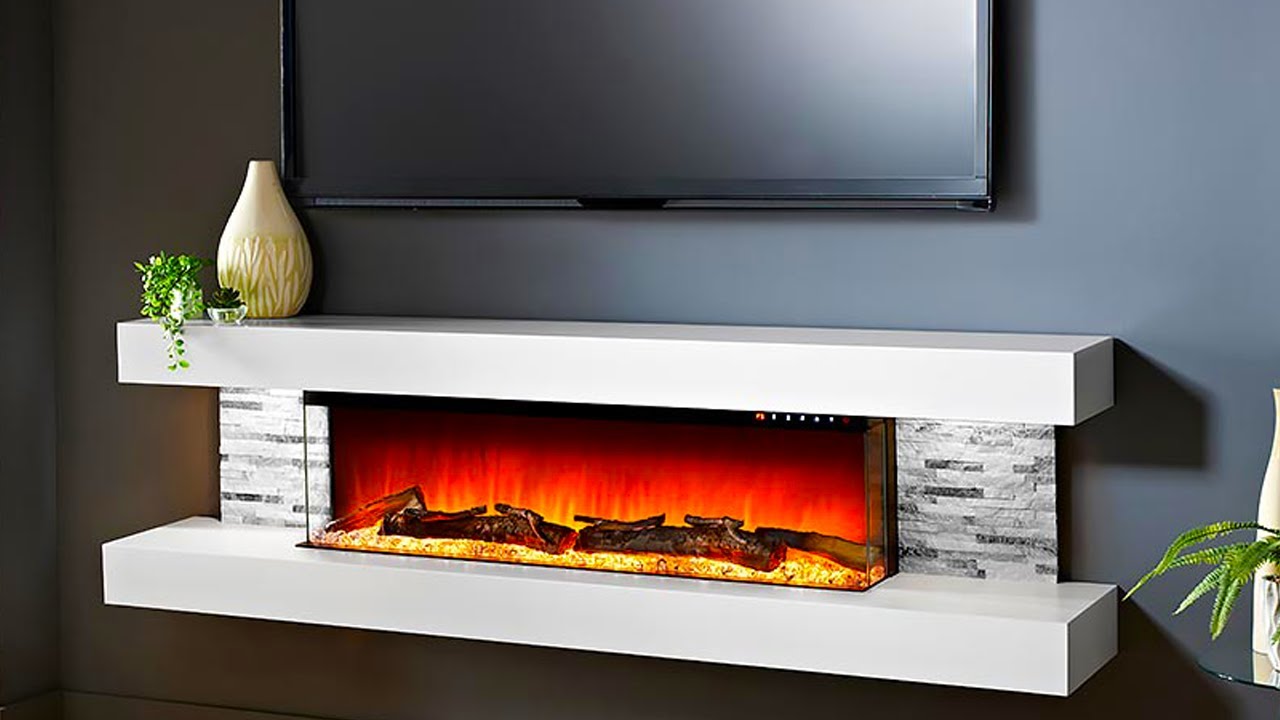
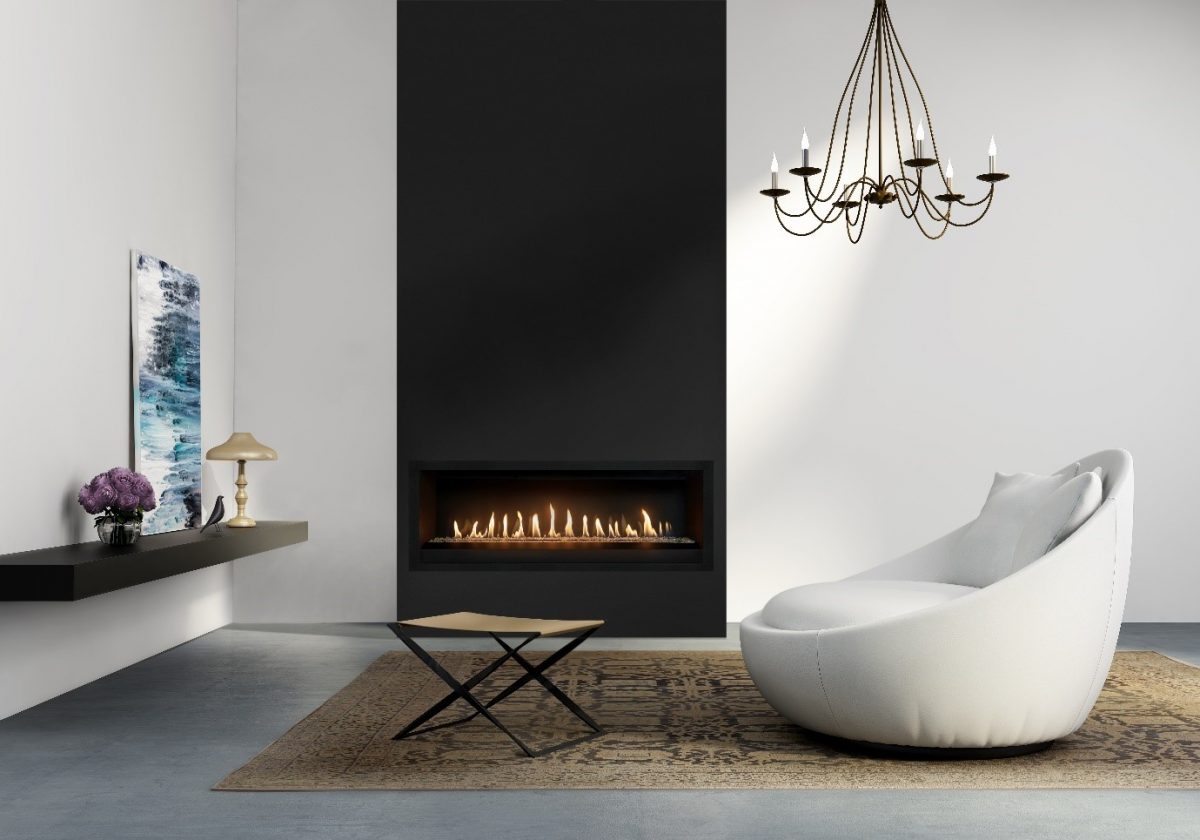
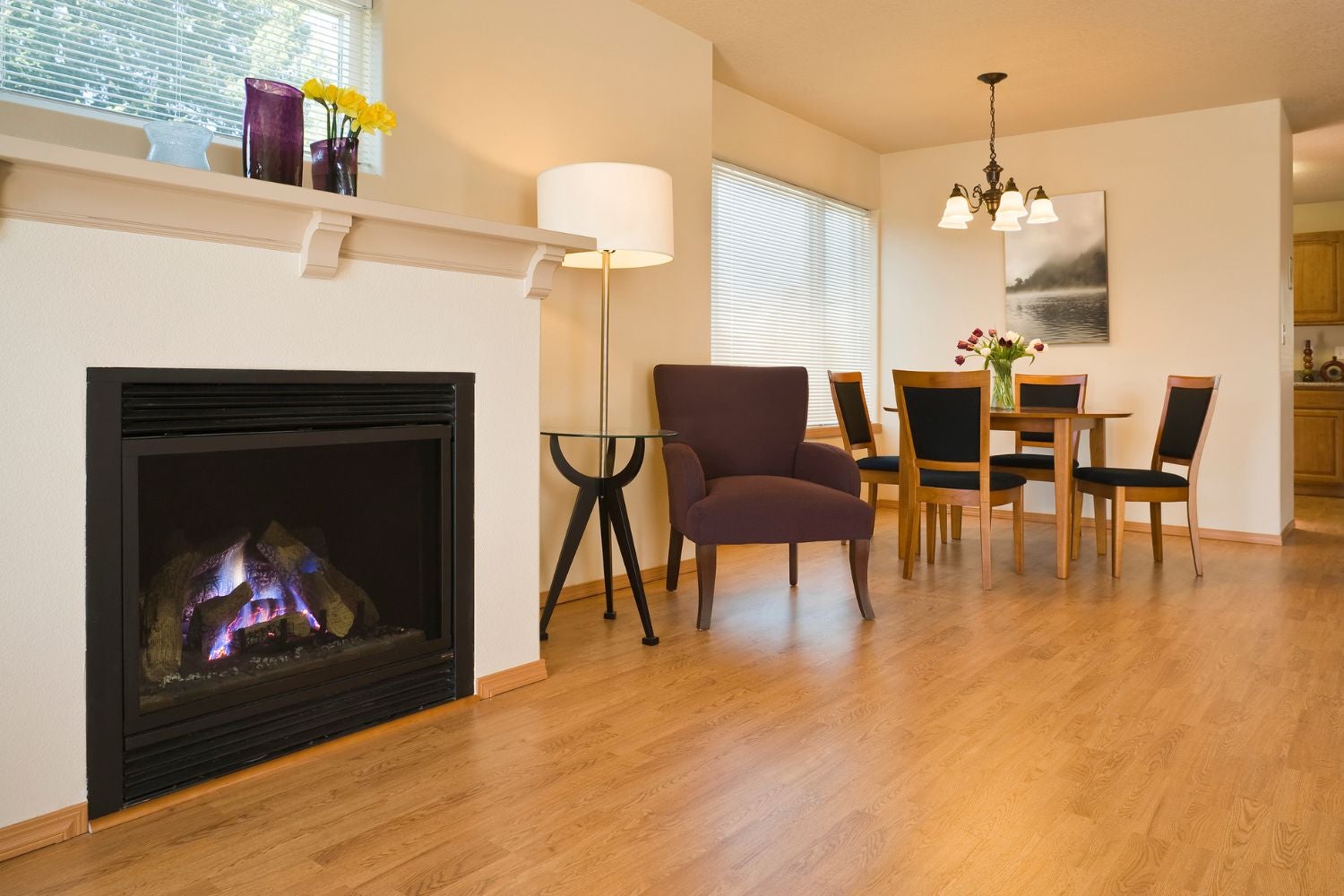
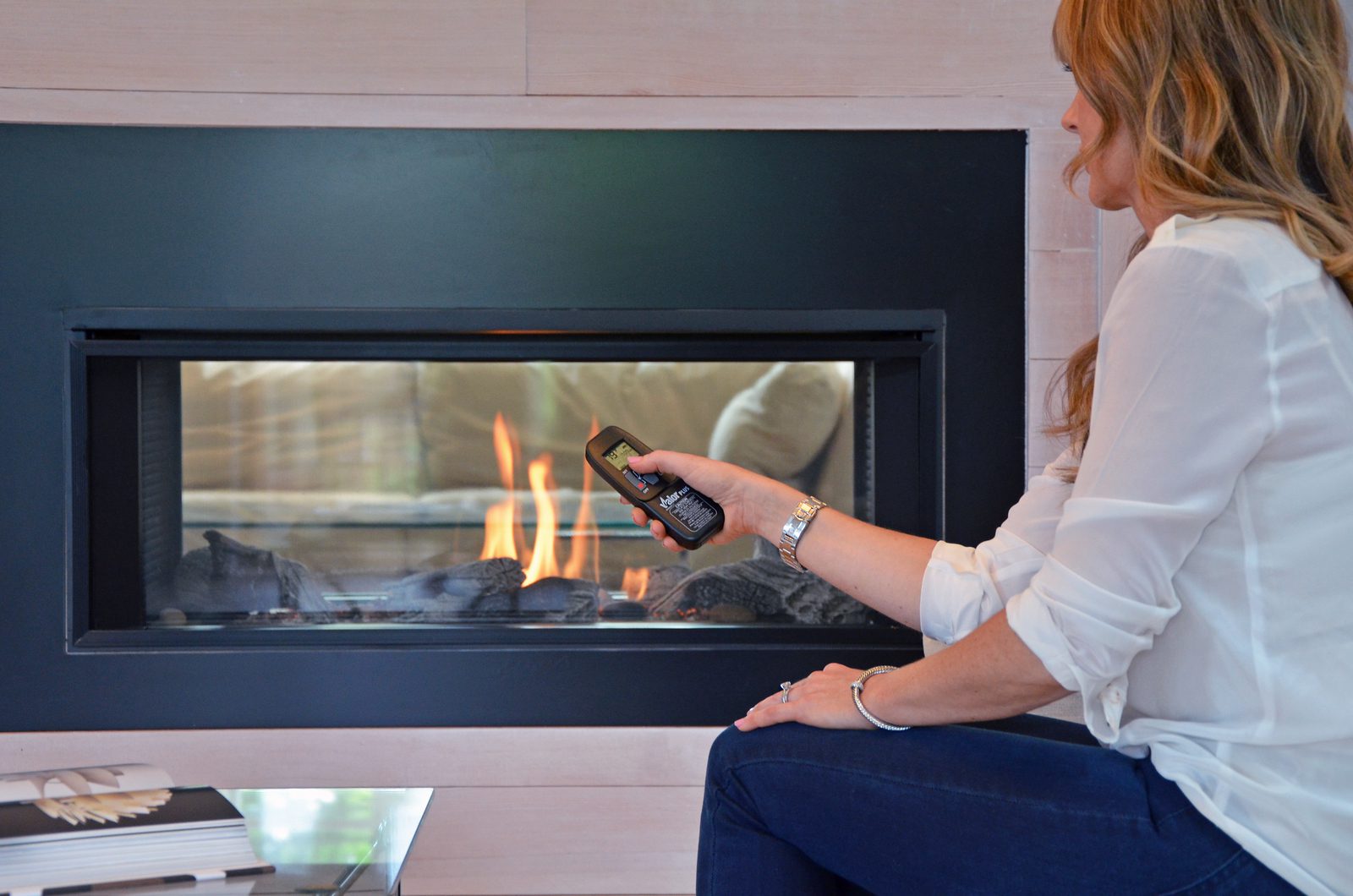
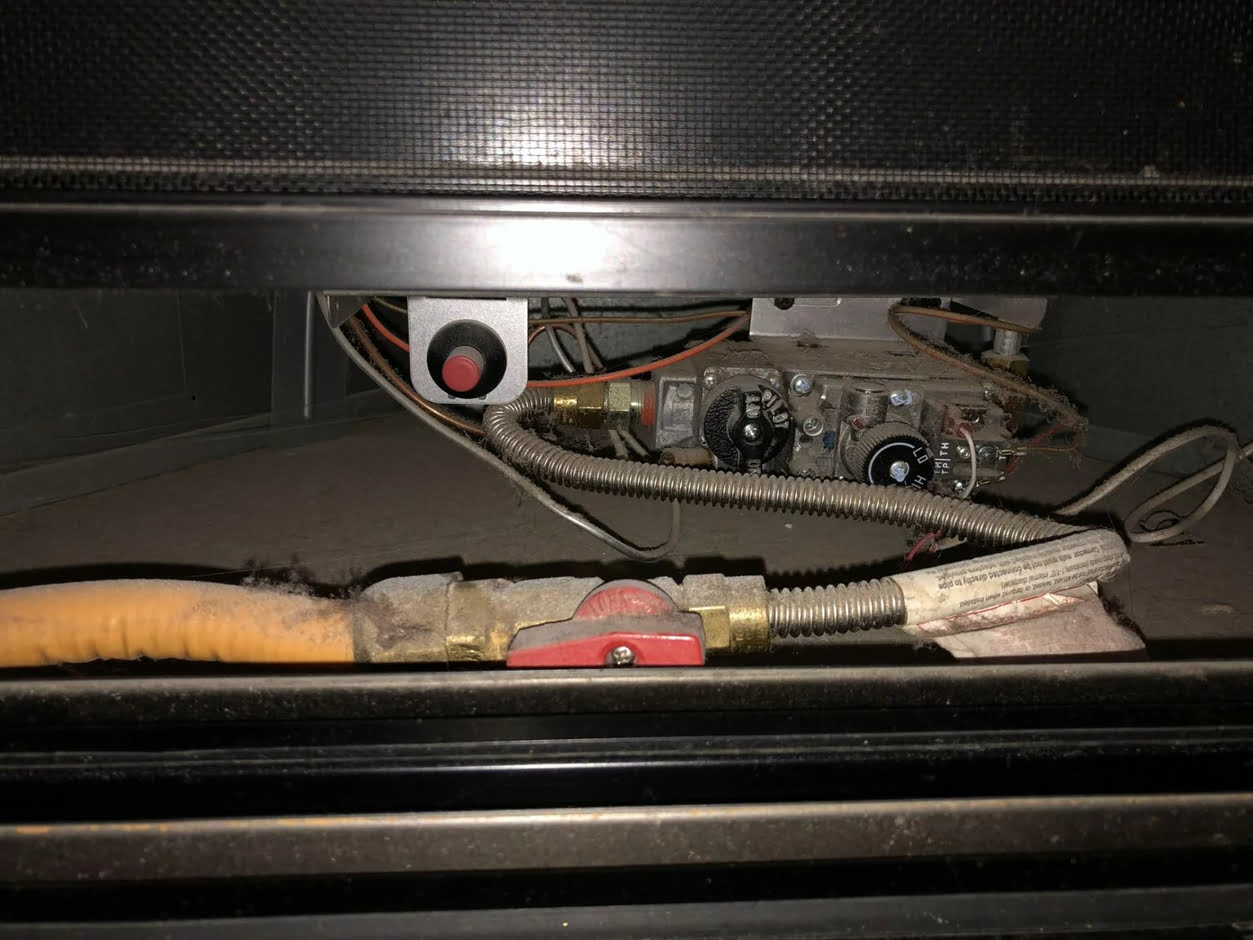
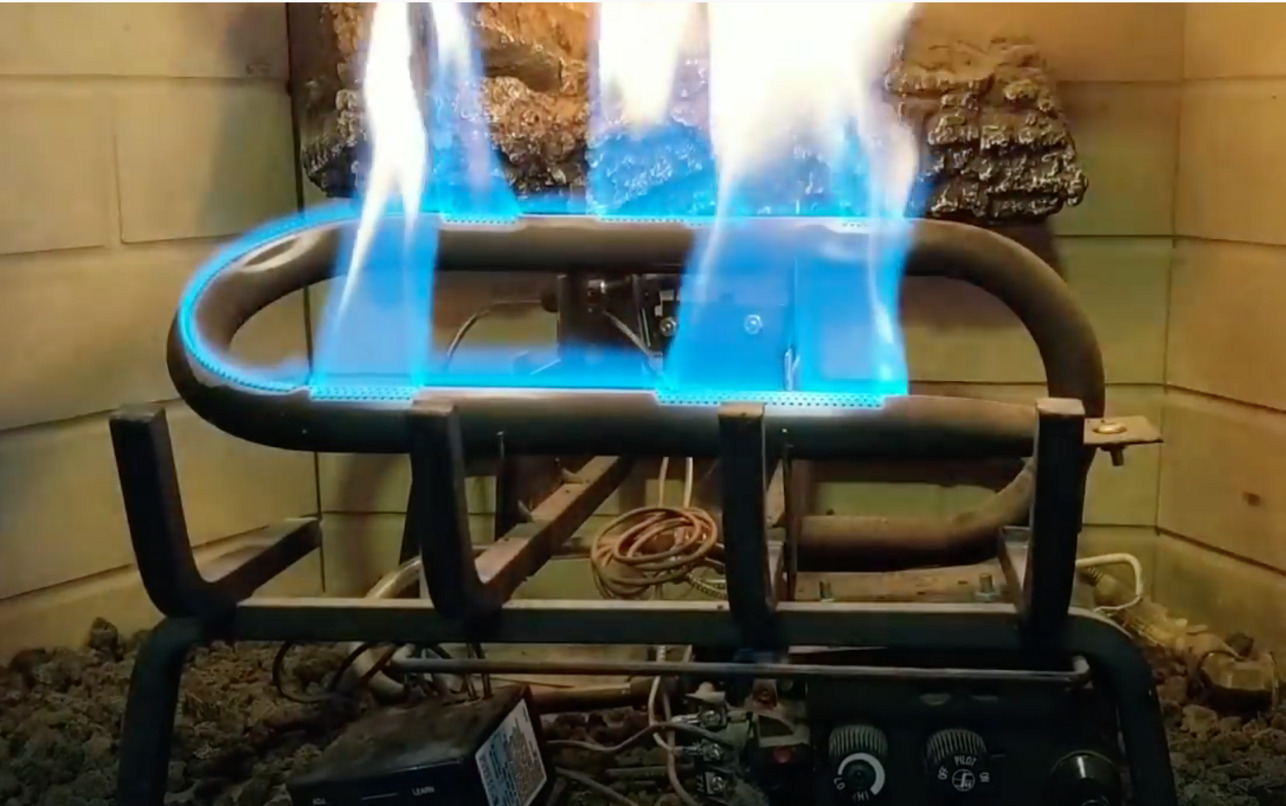
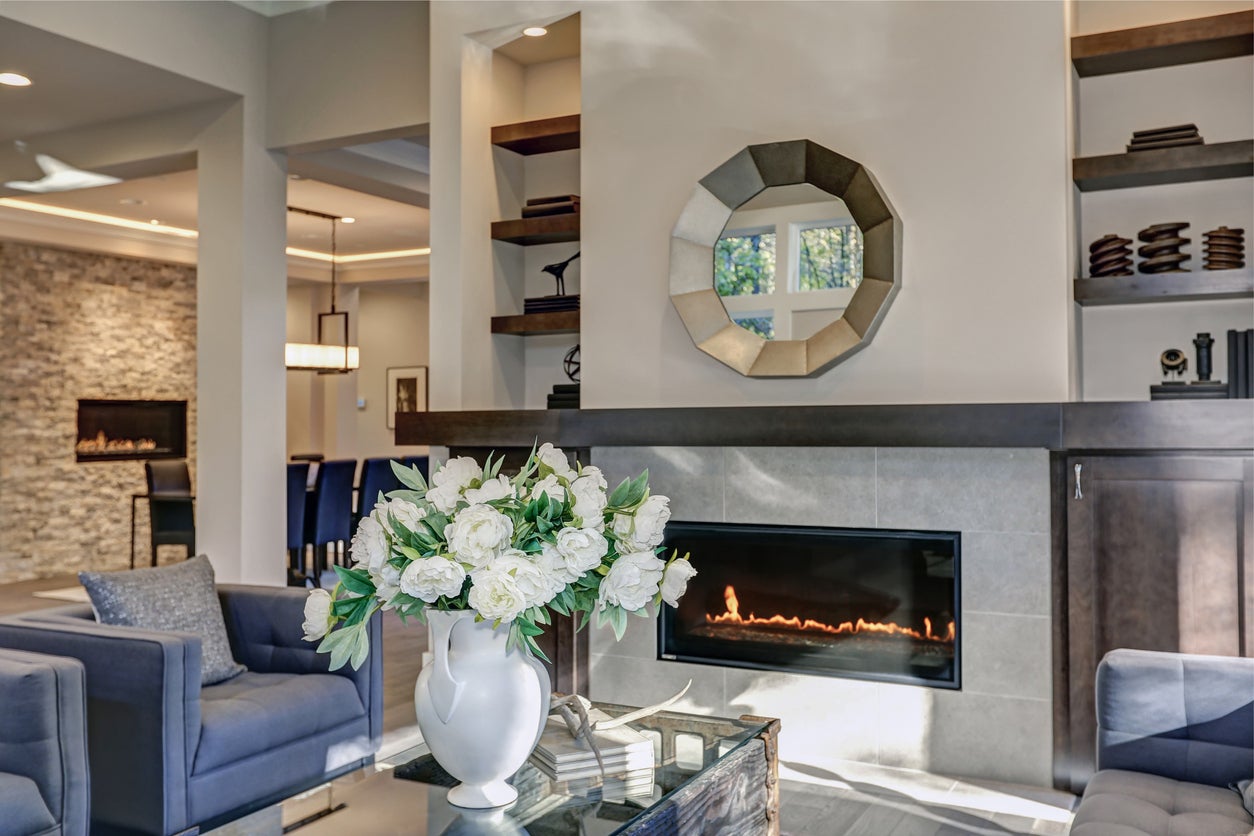
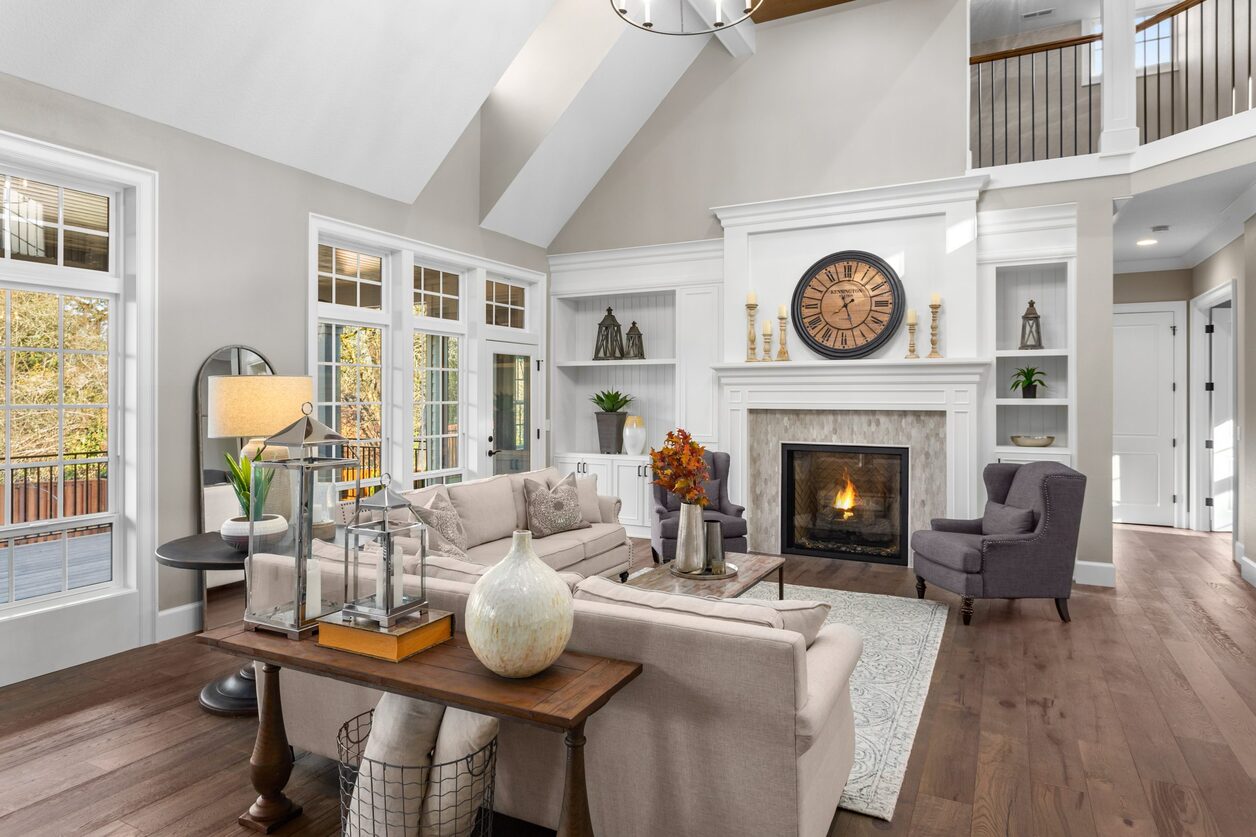

0 thoughts on “How Do I Light My Gas Fireplace”